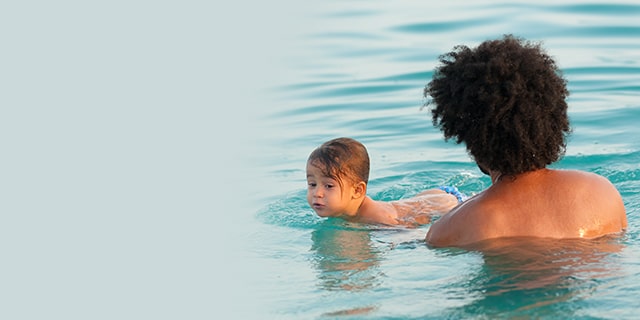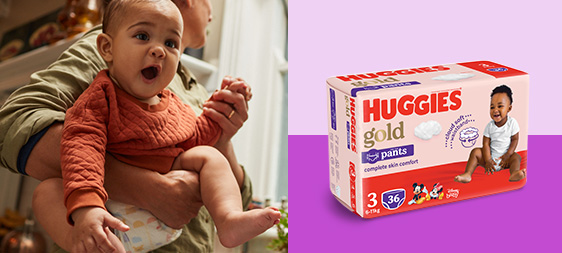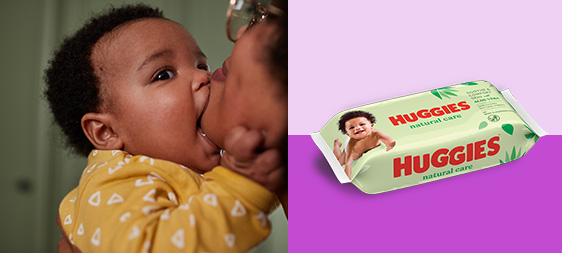South Africa is an exquisite country with some of the most gorgeous beaches, but in that beauty also lies danger. The ocean can present a lot of peril for even an experienced swimmer, never mind a young child who is just learning to swim. That’s why it’s vital that you follow the rules and regulations of the beach while there with your child.
On a day out with babies and kids, it is always best to keep to beaches that are patrolled by lifeguards. The number one rule is to always swim between the beach flags (the flag that is red and yellow and indicates a patrolled swimming area). Different flags mean different things; see below what these flags are and their meanings.
The reason that you and your child should always swim between the flags is that this is the area that is marked out as secure for swimming and is patrolled by lifeguards. If you are uncertain about the surf conditions it is best to be safe and speak to a lifeguard about your reservations before taking your child into the water.
In addition to swimming between the flags, there are a couple of other safety precautions you can take to make your child’s beach swimming experience a happy and protected one. Some of these safety hints are:
-
Have a quick look at the safety signs around the beach, just to make sure there are no apparent dangers, and that you know the conditions of the ocean.
-
You should never let your child swim alone. They should be supervised by adults the whole time they are at the beach.
-
Stick your hand up if you or your child needs help, stay calm and don’t try to fight the current; help should arrive soon.
-
Wait an hour after eating before letting your child swim. After a meal blood flow is increased to your child’s stomach, which means less blood is available to deliver oxygen to the exercising muscles, and without oxygen the muscles may cramp, causing your child not to be able to stay afloat.
-
Swimming at night is never a good idea, because life guards and swimming flags are not present after dark and you could easily lose sight of your child.
-
Most drowning at beaches happen where swimmers have strayed from between the flags and got into some trouble with rip tides and big waves. Don’t underestimate the power of the ocean; be safe and always remain between the beach flags.
Water safety signs
There are a variety of water safety signs that you and your child should be aware of and look out for whenever you are at the beach.
Being aware of the dangers and hazards that might come up while there, is one of the things you can do to ensure safety for yourself and your children. Always obey whatever water safety signs you see and, if you are confused, ask the lifeguard.
In addition to the flags, there are notice boards up at beaches where safety precautions are clearly indicated, such as high and low tide, sunrise and sunset, and where it is safest for swimming, surfing or water sport. During the biggest part of the year, lifeguards are appointed to monitor and enforce beach safety procedures.
Swimming is permitted at most SA beaches, but lifeguards will mark out the safest sections of beach to swim or enter the water in. They will put flags up in the sand near the water’s edge to show you where it is safest.
NOTE: it is very important that you then stay well within these boundaries; you don’t want to get caught up in a rip tide and swept out to sea. Before you go surfing or diving, speak to the local lifeguards and read the newspapers – they will indicate when and where it is the safest to go, as it varies from day to day and beach to beach.
Flags of SA beaches:
Many beaches do not have shark nets and you need to take note of it. Lifeguards have spotters to look out for sharks, and they will put up relevant flags to inform you:
-
Green flag: water is clear and no sharks have been spotted.
-
Black flag: water too murky for spotters to see anything – better stay on the beach.
-
Red flag: sharks have been spotted, but are no longer visible to spotters.
-
White flag with a black shark: well, this one speaks for itself – sharks have been spotted and you should not be in the water.
Some beaches sound an alarm if a shark is spotted – if this happens when you are in the water, leave quickly but calmly, leading your child to the beach.
For more information:




























